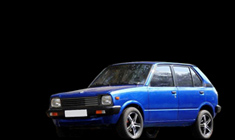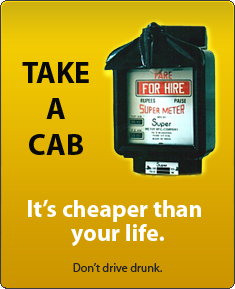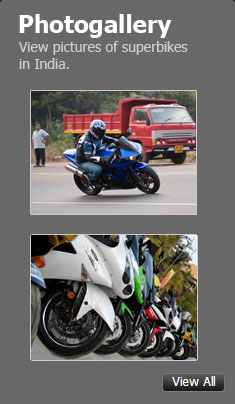News
A tour of the Dutch sea-going museum tug called Holland
Holland is powered by 10 cylinder 4 strokes, trunk, direct reversible Diesel engine, made by Werkspoor, type TMABS 3910.
BHPian Jeroen recently shared this with other enthusiasts.
A couple of weeks ago I spend a long weekend in Hamburg, Germany. It was the weekend of the so-called Harbour Days. A massive event which brings all kinds of ships, merchant, navy, pleasure, brand new and classic to Hamburg harbour.
Apart from enjoying those harbour days I had booked myself for a ship tour and sailing on the gorgeous 1961 Cap San Diego. I wrote about it on this thread.
During my three days in Hamburg, I also visited a few other ships, including a Russian submarine museum, which I will show in a separate thread.
This thread is about Holland, which was also present in Hamburg. There are two sea-worthy operational classic Dutch Ocean Tugs, both operated by volunteers and run as a museum. In this image, taken during the Hamburg Harbour days, you see both of them.
The one up front is the Elbe, and the one behind is the Holland.

I have also visited and sailed on the Elbe.
You will notice that the Elbe looks a bit tougher than the Holland. The Elbe was designed, owned and operated by Smit. For decades Smit was one of two Dutch Towing companies with an unparalleled reputation for ocean towage and salvage. I worked for them as a marine engineer for several years.
The Elbe was a true ocean-going tug, whereas the Holland is more a sea-going tug. Many people prefer the very gracious lines of the Holland over the Elbe.
Here is an old photograph of her, riding the North Sea waves.

She was built in 1950 and worked as a tug on the North Sea for well over twenty years. She was involved in 161 successful salvages. She also had passenger accommodation and was used, during the summer months, as a ferry to the Dutch island Terschelling. According to her specification, she could carry 804 passengers. How I don’t know. I assume that was standing room mostly, on deck!
Her overall length is 57 meters, with a width of 9,5 and a draft of 3.7m. For such a relatively small ship, she, like all sea/ocean-going tugs, had an impressive range of 11000 nm. (about 20000km) and could reach 16 knots (almost 30 km/h)

I knew Holland was participating in this event. I more or less stumbled on her on Sunday morning very early when I was strolling along the miles of waterfront and jetties.


Her call sign was and still is PESK. Which stands for “Paraat en Start Klaar”. Which means Stand by and be Ready to start. In those days, many tugs were stationed around the world. They were on constant standby in case of any trouble out at sea.
Although I knew she would be in Hamburg this weekend, I had not really planned on visiting her. It was very early on the Sunday morning. Officially she had not opened up to the public yet. But I chatted to some of the crew members on deck. Most of the volunteers on these museum ships are old merchant seamen, just like me. So they invited me to have a quick look around!
This image is taken from the stern looking forward. Typical deck arrangement for a tug. Those big steel slightly curved pipes across the deck keep the towing line off the deck. In the middle, you see a winch.
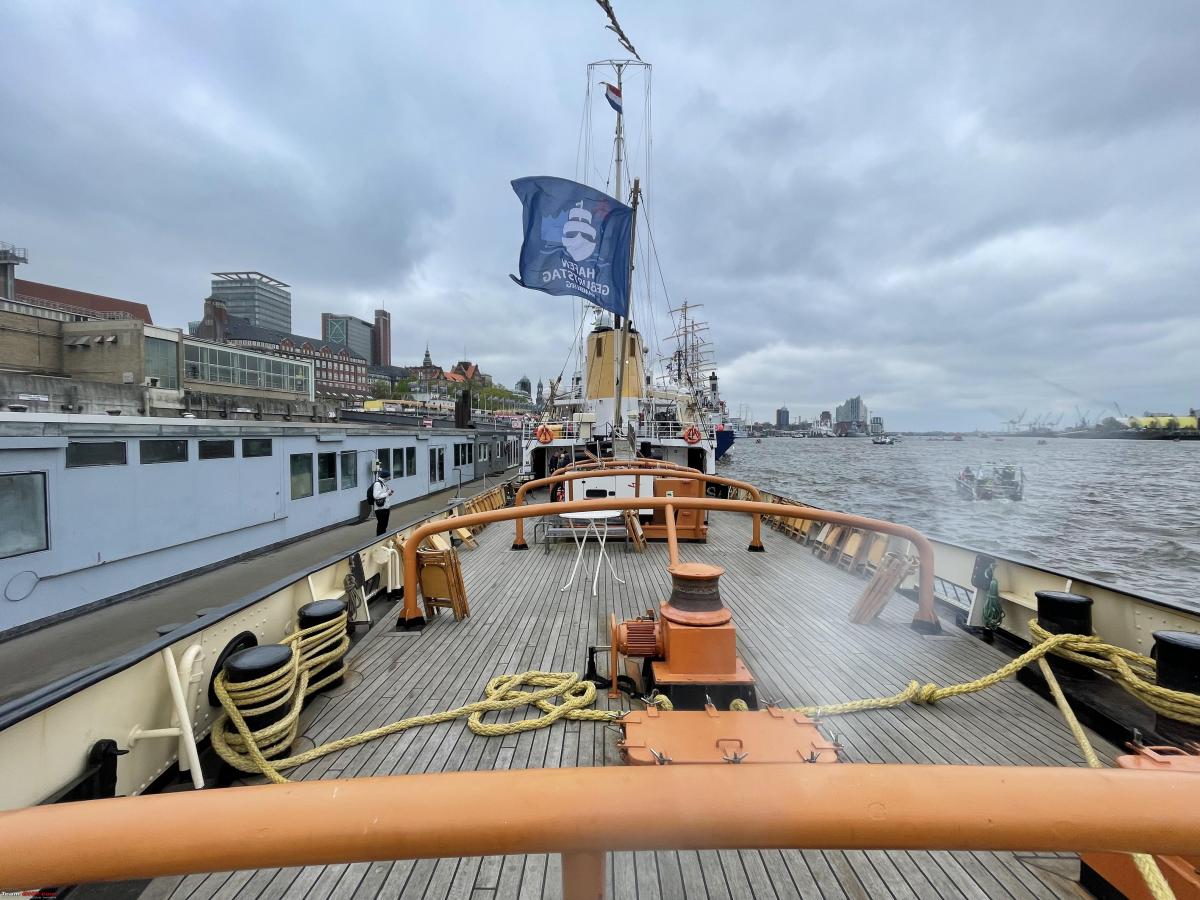
A gorgeous, all copper bits polished, wheelhouse! The very large copper dome houses the magnetic compass. That brown ball you see next to it is part of the calibration of the magnetic compasses. (there is one on the other side of the compass as well.) Just behind the compass, you can spot the telegraph handle.
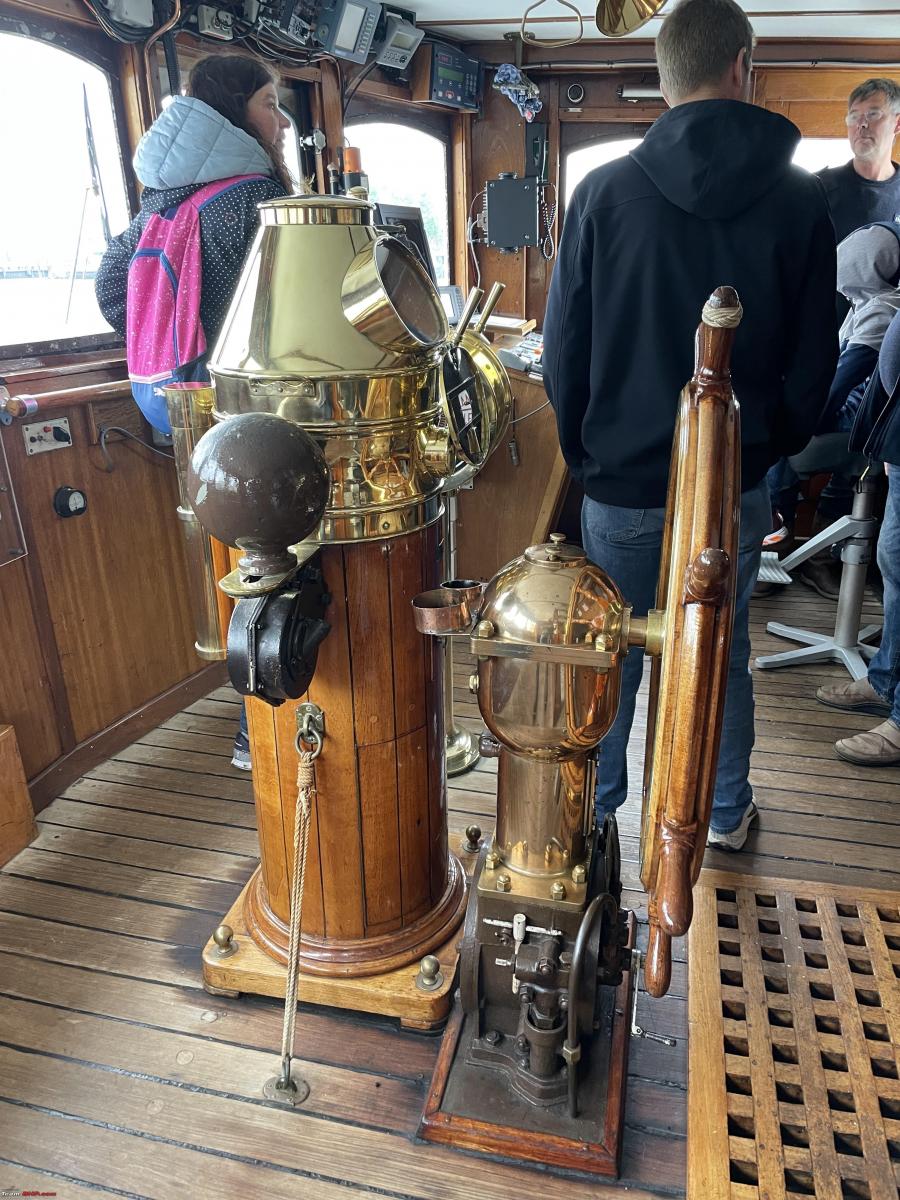
Now for the really important and interesting bit, the engine room (What else do you expect from a former Chief Engineer!)
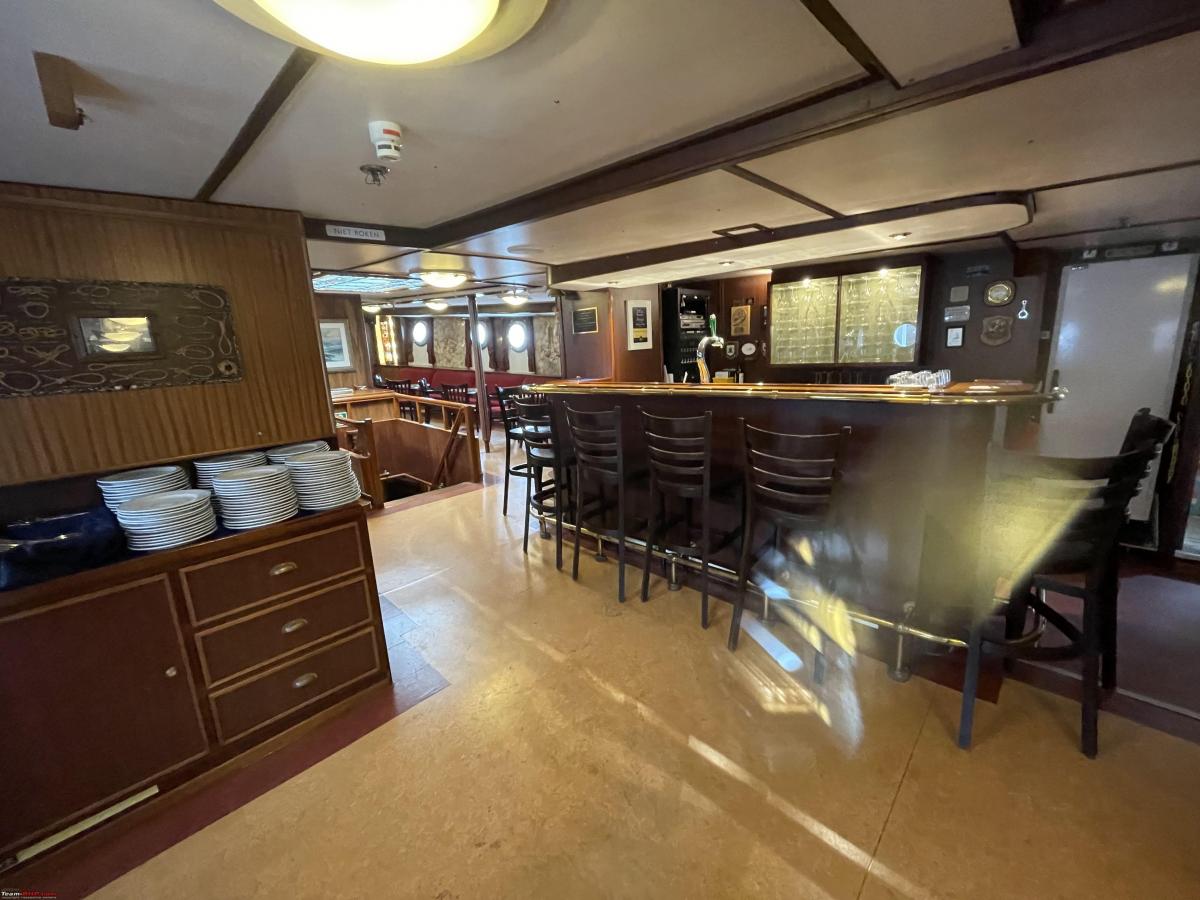
Holland is powered by 10 cylinder 4 strokes, trunk, direct reversible Diesel engine, made by Werkspoor, type TMABS 3910. It has a BBC (Brown Boveri Company) Turbocharger and produces 2100 HP at around 270 RPM. It drives one screw. Direct reversible mean, it can run forward and reverse. On a four-stroke engine that requires some clever mechanism that adjusts the valve timing amongst other things.
Its cylinders have a stroke of 680mm and a bore of 370mm.
Notice the in- and outlet rockers, the injector in the middle of the head and the individual high-pressure fuel pump, one per cylinder.
Here the main engine is taken from the front. You can just see the inlet air filter on the top right. Some electrical switch panels at the rear.
Notice the blue handles on some of the valves. On board ships, the colour of the valve handle indicates what fluid is inside the respective pipes. In this case, it would be the (fresh) cooling water of the engine.

I have moved a bit more to the right (actually port side) and it shows the manoeuvring stand. The bridge engine telegraph is connected to the one here in the engine room. The bridge would move their telegraph to the setting required, e.g. half ahead. Down here in the engine room that black dial indicator would move to the half-ahead position. The engineer on duty would move the handle to half ahead too. That would be replicated by a dial indicator on the telegraph on the bridge, indicating that the engine room had received the order.
Next, the engineer would manipulate that large wheel and some levers to get the engine going into and running half ahead. Going from ahead to astern, or vice versa, means stopping and starting the engine in the other direction. (hence the term direct reversible.)

This was only a very short visit to Holland. I spend a full day on the Elbe and sailed on her too. Have a look here:
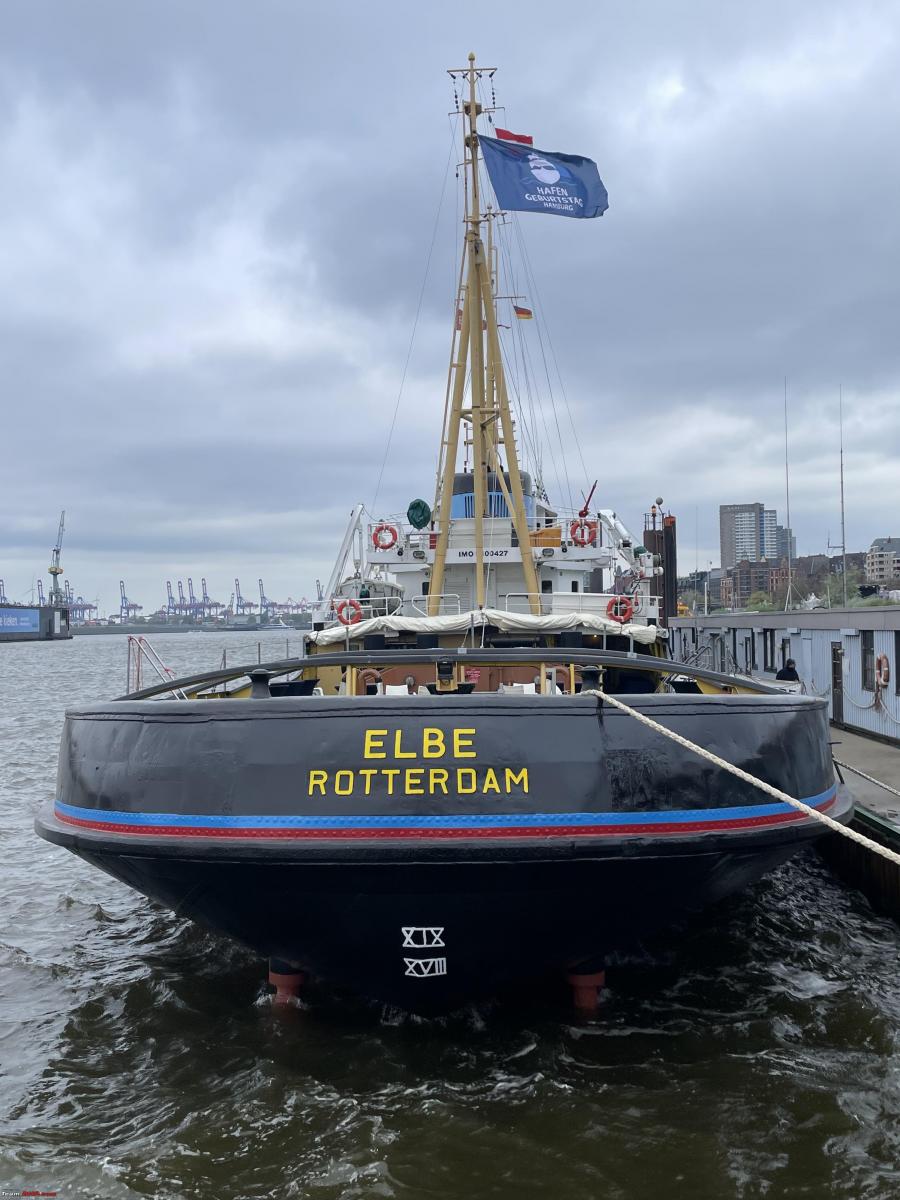
I had to cut my visit short as I had booked a ticket for a harbour tour. But it was still fun to have a quick look around Holland. Compared here to the Elbe, I visited earlier, the Elbe is a much beefier tug, in every aspect. Still, the Holland is a very elegant and extremely well-kept tug. Given the historical relevance of Dutch ocean towage and salvage, it is great to see these ships being kept in an operational state, so future generations can see and feel what “Hollands Glorie” (Dutch Courage) was all about!
Check out BHPian comments for more insights and information.
- Tags:
- Indian
- Member Content
- ship
- Museum







.jpg)







